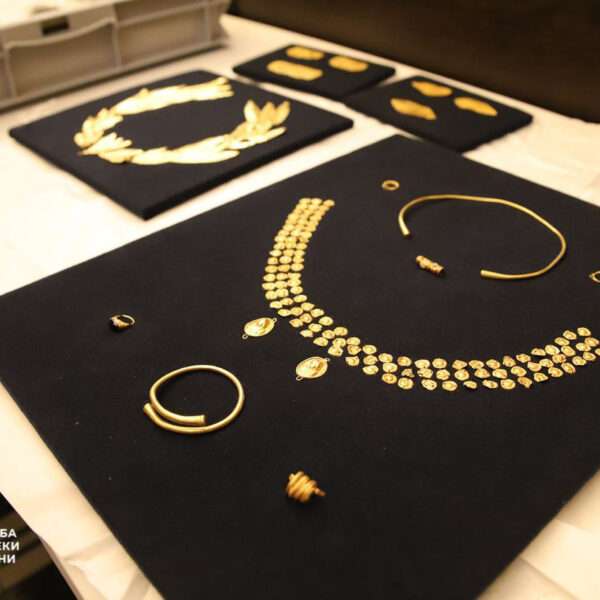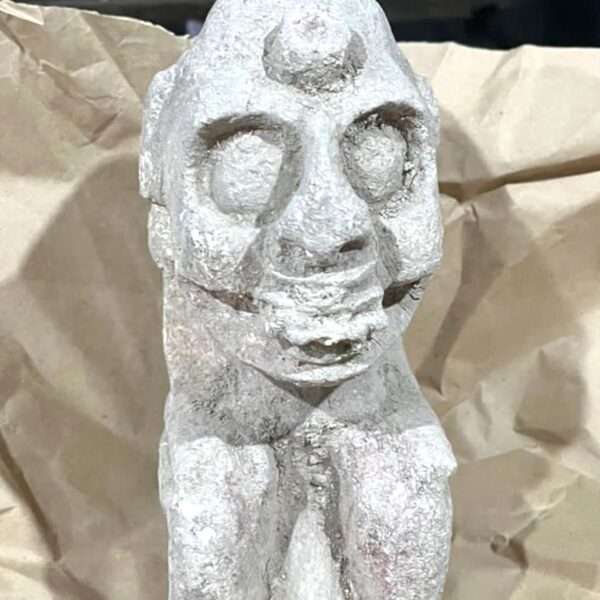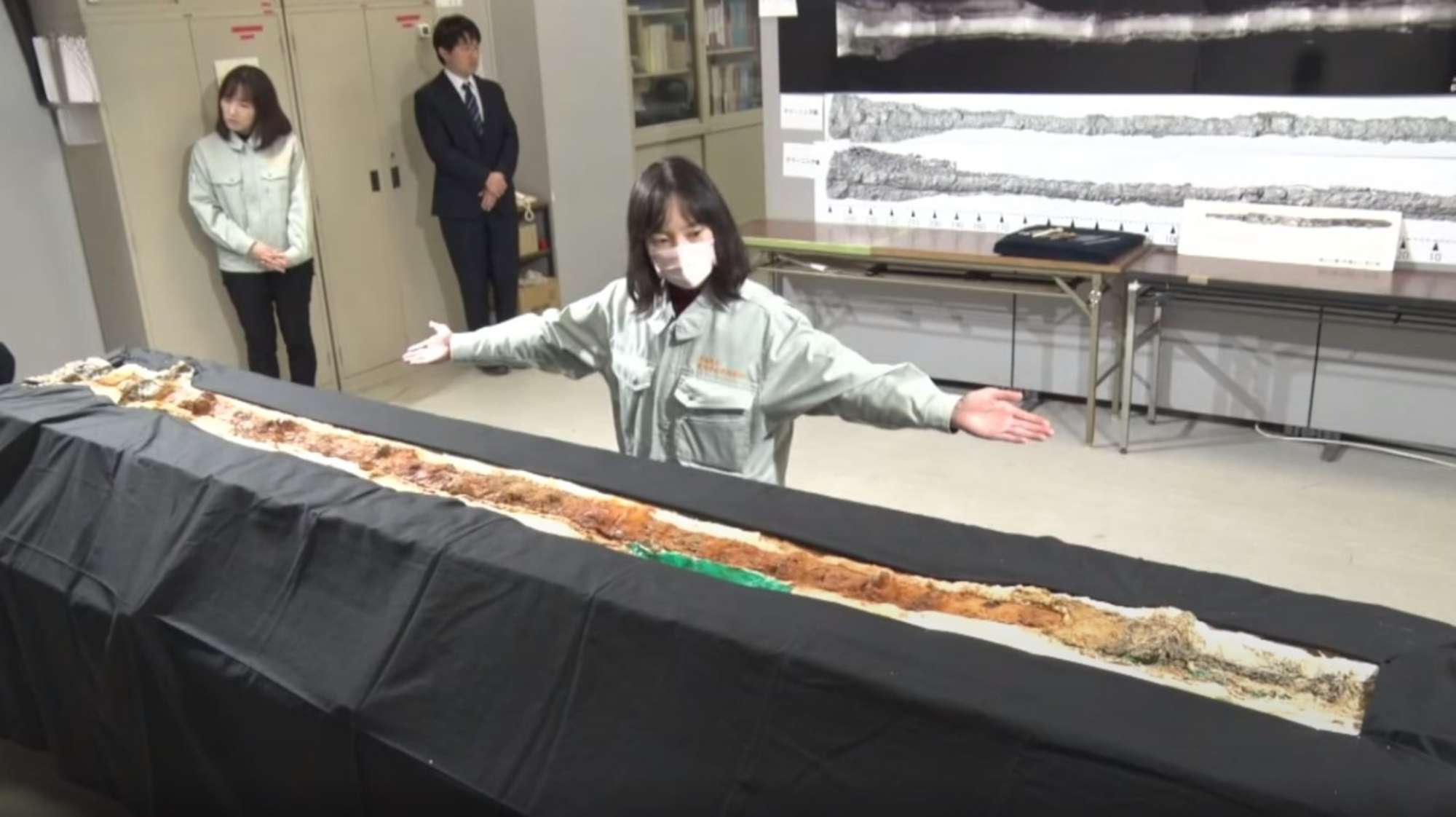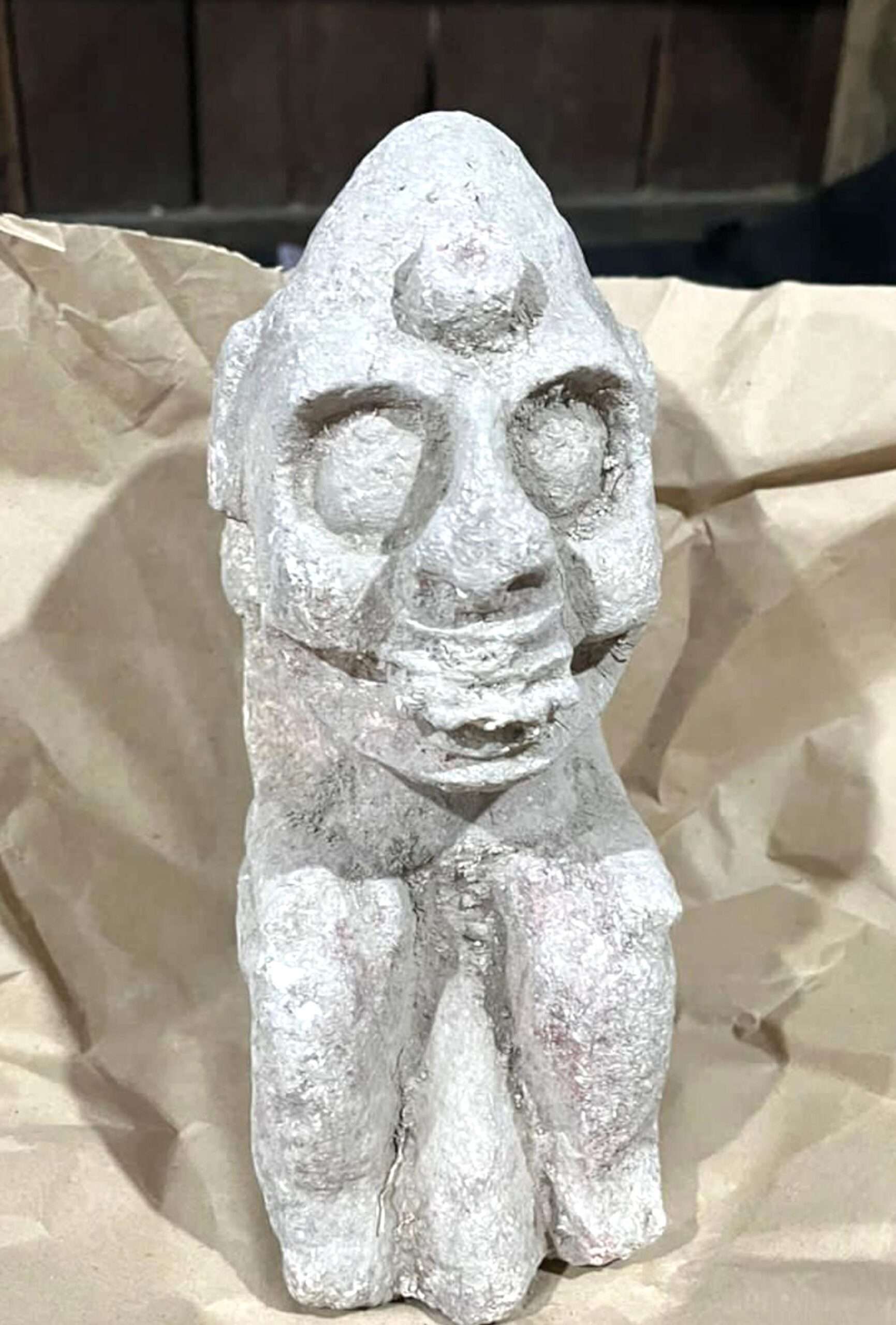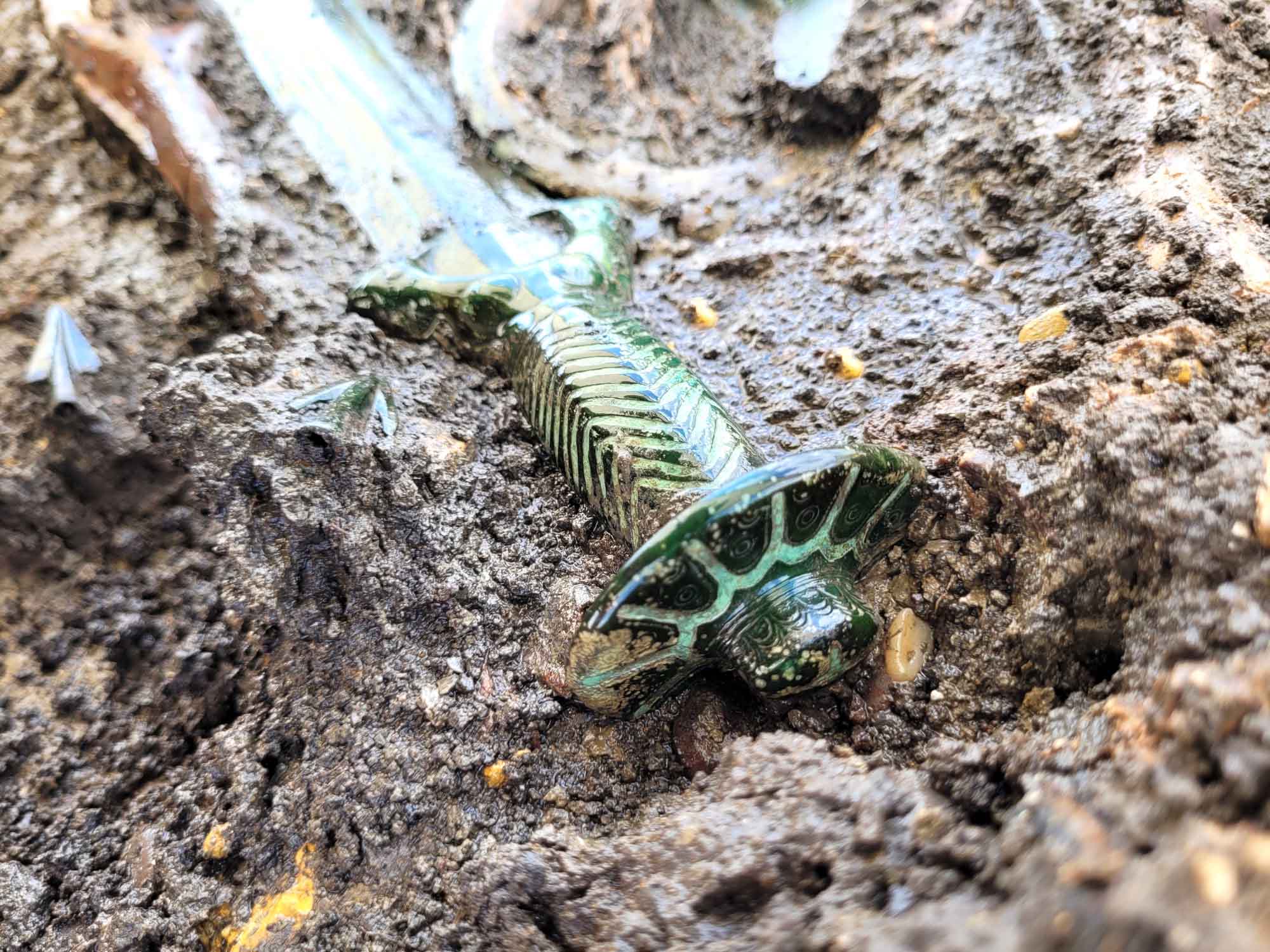A 16-year-old high-school pupil has amazed experts after unearthing a 1,600-year-old Roman oil lamp during a class hike.
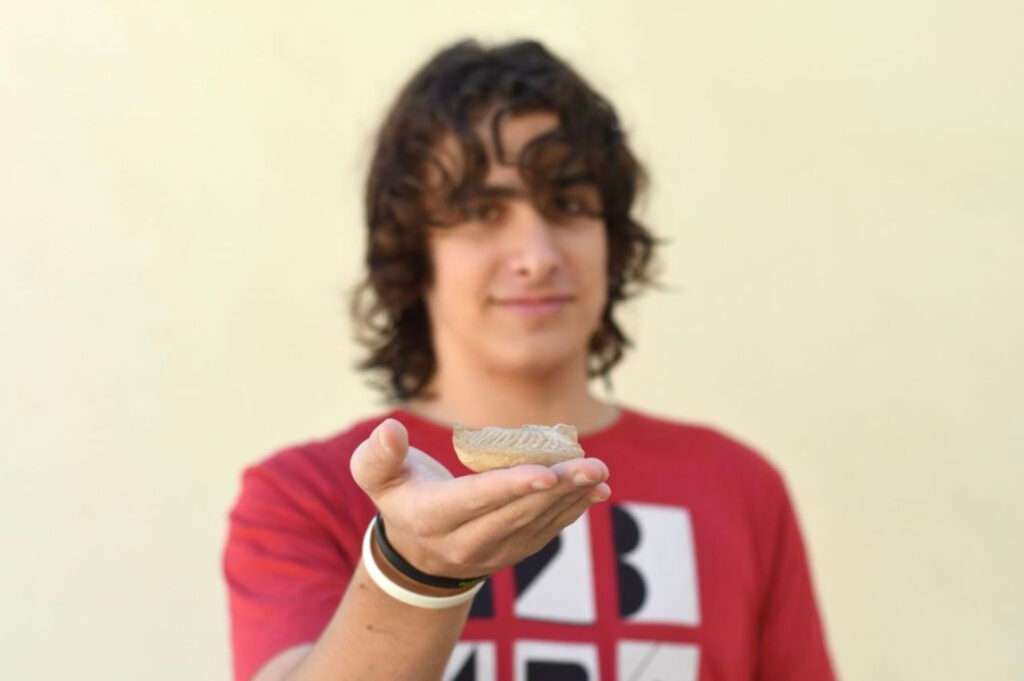
Yonatan Frankel, from Tamar High School, in Hod Hasharon, Israel, was on a school walk with his classmates when he made the discovery.
Yonatan had been digging up stones in the dirt while his group took a lunch break near the remains of an ancient Roman fort.
Astonished Yonatan told local media: “One of the stones that I picked up was full of dirt. I shook it off, and suddenly I saw a design.
“Then, I understood that this was a man-made object and not just a stone.”
Experts said that what he found were the remains of an intricately carved oil lamp, probably dropped by a Roman soldier in around 400 AD.
Newsflash obtained a statement from the Israel Antiquities Authority (IAA) saying: “The lamp lit up the nights for Roman soldiers who guarded a fort on the Scorpions Ascent along an important ancient trade route over which copper, and possibly gold, were transported.
“Sixteen year-old Yonatan Frankel, a pupil from the Tamar High School in Hod Hasharon, was with his class on an annual field trip along the Scorpions Ascent in southern Israel.
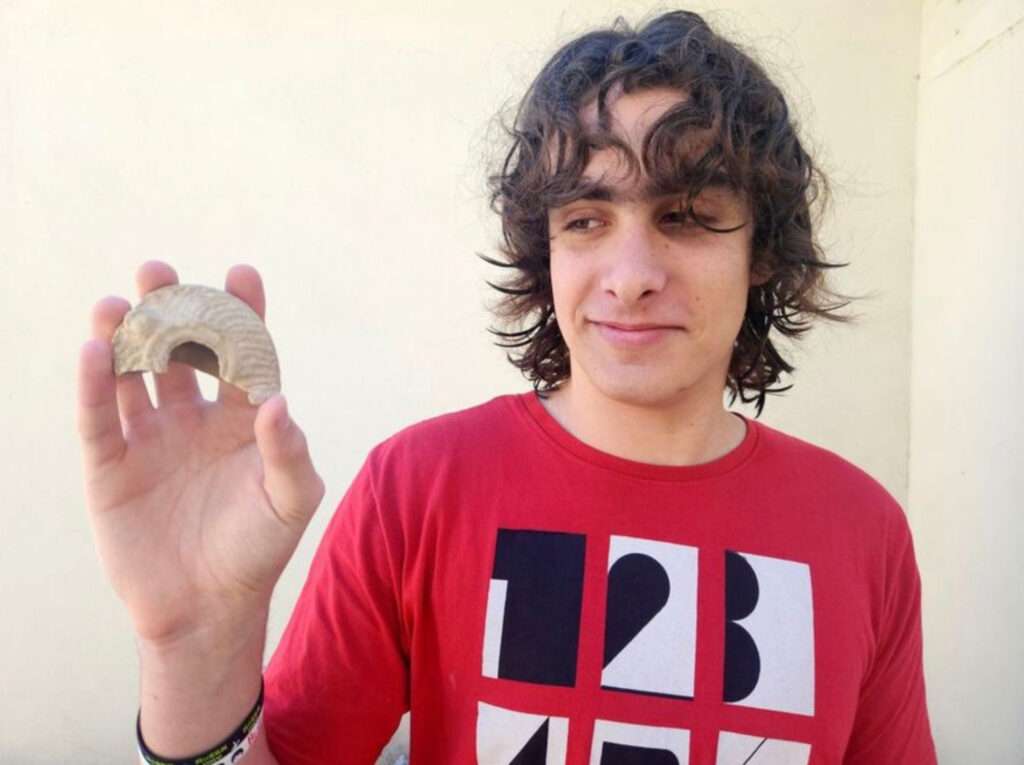
“When his class stopped for lunch next to the Late Roman fort of Mezad Tzafir, Yonatan began to pick up rocks from the sand to look at them.”
The statement went on: “Yonatan brought the lamp to his teacher, who showed it to their guide who was responsible and made sure that it was transferred to the Sub-district Archaeologist of the Israel Antiquities Authority’s Southern Negev District, Alex Freiberg.
“Yonatan received a certificate of merit for his discovery and for good citizenship.
“The oil lamp discovered at Mezad Tsafir was produced in Petra in Jordan in the 4th-5th centuries CE.
“When IAA senior researcher Dr. Tali Erickson-Gini saw the lamp, which was only partially intact, she was quite excited.”
She said: “Lamps of this type were uncovered at Mezad Hazeva, and also at Mamshit, Mezad Yotvata and Petra.
“But the lamp Yonatan found is identical to one discovered at in the same place 90 years ago by archaeologist Nelson Glueck.”
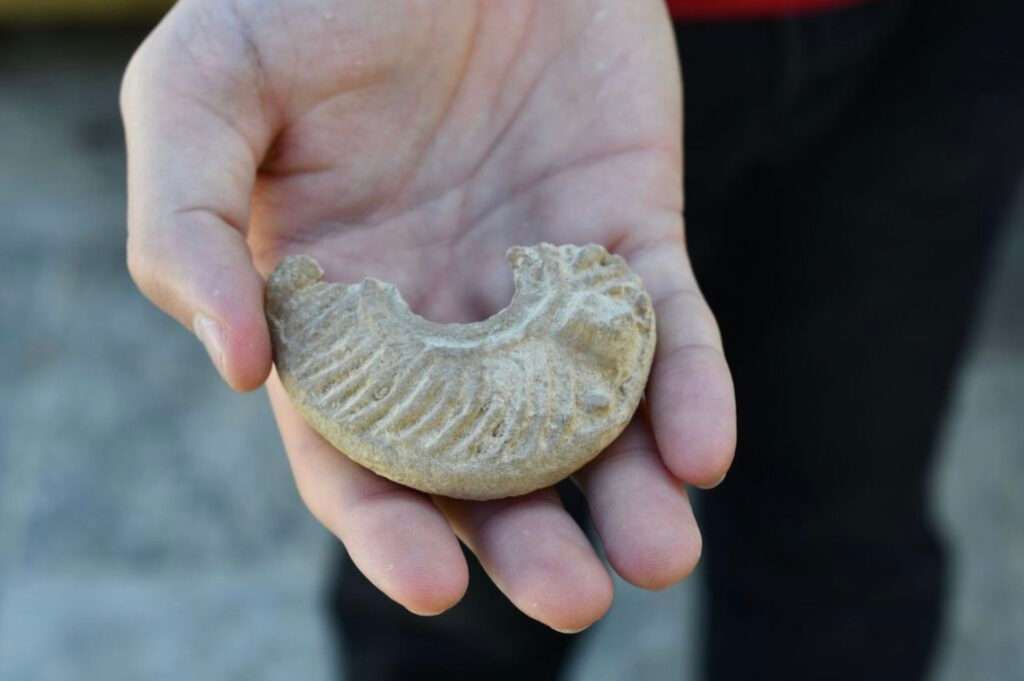
Eli Escusido, the Director of the Israel Antiquities Authority, said: “We know that between the Nabataean-Roman town of Mamshit and the copper mines of Feinan (biblical Punon) in the Central Arava – not far from present-day Moshav ‘En Yahav, a trade route was in use in the 4th-6th centuries CE.
“In order to secure the shipments of copper, and possibly even gold from the mines, a series of forts were built between the head of the Scorpions Ascent and Mezad Hazeva, and Mezad Tsafir was one of these.
‘Mounted patrols guarded the important road. It is easy to imagine the lamp lighting up the darkness in the lonely, isolated fort manned by Roman soldiers.
“I wish to thank Yonatan for his good citizenship.
“Every object that is turned over to us is kept by the National Treasures department and each object can shed significant light (as is indeed the case here) about our past.”

